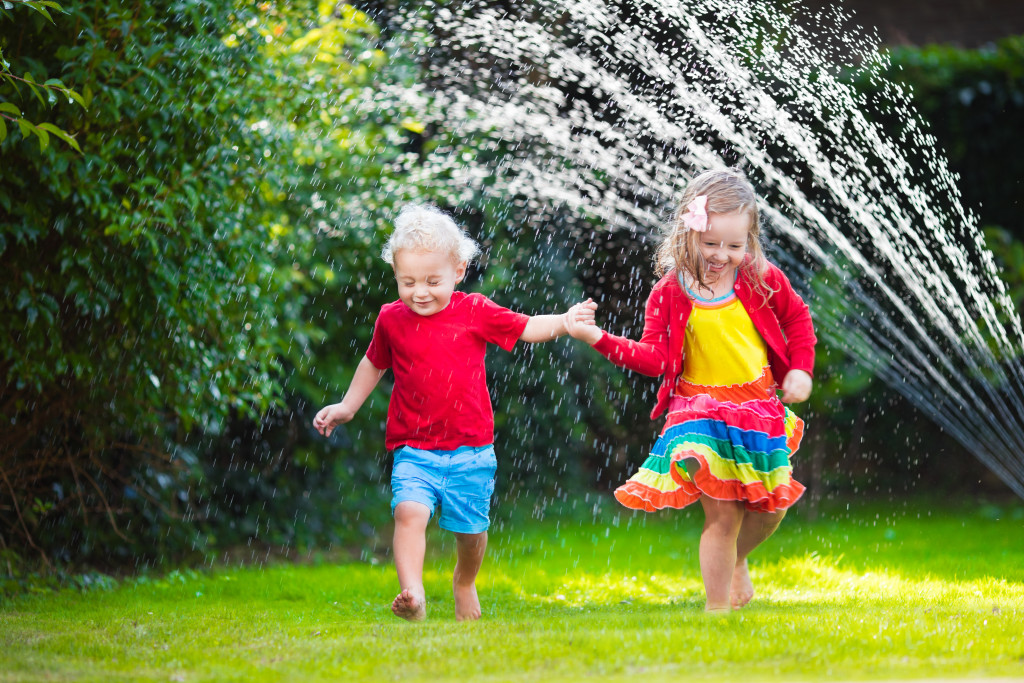Dance is one of the most versatile forms of art. It is used for physical activities, celebrations, performances, or even just dancing silly around the house. There are dance routines that make the audience cry, and there are dancers that look enraged while taking the spotlight.
Whether it is self-expression, gaining confidence, or therapy, a person’s movements when dancing is so powerful and moving. For children with special needs, it’s one of the best activities to give them an avenue to express themselves.
Children with special needs may find difficulties in enjoying activities, especially when it comes to socio-emotional and physical aspects. Symptoms like a short attention span, challenges in social interactions, expressing themselves, and body awareness tend to make other activities less enjoyable.
However, in a dance studio, children with special needs are free to move their bodies and interact with each other. Compared to repetitive and technical activities, dancing incorporates music, groove, and meeting new friends into one really fun activity.
Body awareness
Body awareness is how a person perceives the body in relation to its surroundings. It affects how a person moves around the space through proprioceptive input or the information transmitted to the muscles and joints on how body parts should move.
Those who have problems with body awareness may seem clumsy, experience difficulties with mimicking, gauging how much they should move, and fear closing their eyes. Body awareness is not only important to avoid clumsiness and accidents, but it is also “an inseparable aspect of embodied self-awareness.” It is about the unity of body and self.
Through dance, children with special needs can hone motor control, awareness of their surroundings, and the flow of different movements. Like mirror or mimicking games, dancers improve body awareness by following the steps being taught by the instructor. They can also develop spatial recognition by dancing with several other kids in the room.
Confidence and Self-esteem

Children with autism tend to better interactions with other people. They establish more eye contact and display more engagement with others through smiling and talking. All these are seen in kids who participate in dance and music programs.
When compared with sedentary activities such as checkers or building a Lego set, Dr. Anjana Bhat from the University of Delaware found that dance allows children to have more “naturally occurring interactions.”
Dance also makes them participate in groups through practices, classes, and actual performance. Because they are working with each other, they become accustomed to trusting their dance partners or groupmates as well as foster cooperation. Additionally, recitals help them showcase their skills and nurture their confidence.
Creative Expression
Art is notorious for being a tool for self-expression. Whether it is music, writing, or whatever medium a person chooses, they put a piece of themselves into the product.
The same goes for dance. Dance conveys a wide range of emotions. These emotions are portrayed through facial expressions and body movements. Like art, these movements and expressions can move the audience and give catharsis to the artist. This is creative expression through movement.
Children with special needs tend to have difficulties expressing themselves. They may also have difficulties picking up on the expressions of others.
Dance gives them a form of freedom to express themselves by moving their bodies to the music. Especially with the power of music to transcend almost every barrier, children with special needs can be receptive to the kind of emotion the dance is trying to convey.
It’s crucial for children with special needs to have an activity that they thoroughly enjoy. This will help them discover themselves and foster self-awareness because a sense of identity is one aspect of life that nobody should miss out on. Besides, everyone needs that one thing they love to do.
